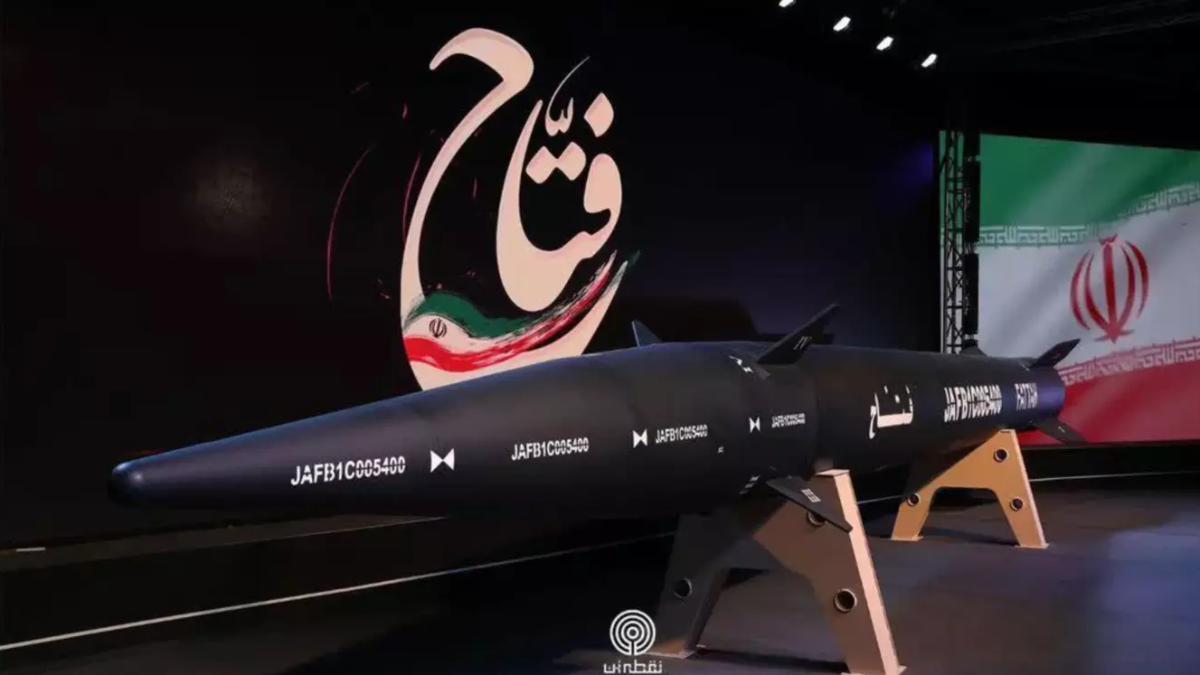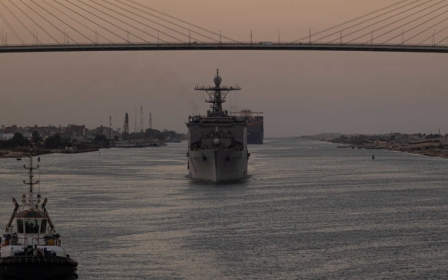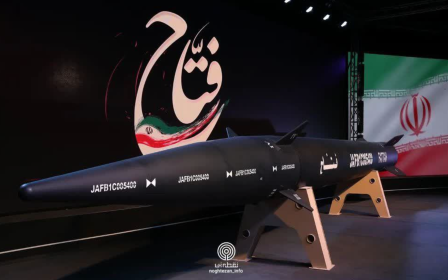Iran says it has technology to develop supersonic cruise missile

Iran said on Wednesday that it has the technology to build a supersonic cruise missile, a development that could escalate tensions with the US amid its recent military buildup in the Gulf and stalled talks to revive the 2015 nuclear deal.
"The supersonic cruise missile will open a new chapter in Iran’s defence programme, as it is extremely difficult to intercept a cruise missile flying at supersonic speeds," Iran’s semi-official Tasnim news agency reported.
The agency said that the missile was undergoing tests but “will greatly enhance Iran’s response power in case of any military conflict and prevent the invading forces from showing [a] timely reaction”.
Supersonic missiles represent a vast category of projectiles capable of flying faster than the speed of sound, making them harder for air defence systems to detect and shoot down. Iran has already claimed that it had produced its first domestically-made hypersonic ballistic missile, a missile type capable of travelling specifically five times faster than the speed of sound.
The missile, named "Fattah", was presented during a ceremony attended by President Ebrahim Raisi and commanders of the Islamic Revolutionary Guard Corps (IRGC).
The US is upping its own pursuit of hypersonic missiles, but has said that Iran maintains the biggest arsenal in the Middle East. Although the US maintains a vast air defence system, it has long expressed concerns about being able to stop hypersonic missiles.
"Hypersonic weapons are extremely difficult to detect and counter given the weapons' speed and maneuverability, low flight paths and unpredictable trajectories," Air Force General Glen David VanHerck of US Northern Command said in May at a Senate hearing. "The greatest risk for the US stems from our inability to change at the pace required by the changing strategic environment."
The announcement comes as the US beefs up its military footprint in the region, with around 3,000 US sailors and marines arriving in the Red Sea on two US warships this week.
Iran tensions escalate
The US Fifth Fleet said on Monday that the additional troops would provide "greater flexibility and maritime capability" for its forces, as they look to deter Iran from seizing shipping vessels.
In April, Iranian naval commandos seized an oil tanker carrying oil from Kuwait to Houston, Texas, for US energy giant, Chevron.
A second tanker, the Panama-flagged tanker, Niovi, was sailing around the coast of the UAE, from Dubai towards Fujairah, when it was stopped by the IRGC on 3 May.
Washington has faced calls from security partners like the UAE to do more to deter Iran’s seizure of commercial vessels near the Strait of Hormuz, the vital sea passage between the Gulf and the open ocean through which around 20 percent of the world's oil, and around 25 percent of the world's liquified natural gas, pass through.
In July, the US said it had successfully prevented two attempted commercial tanker seizures by the Iranian navy which opened fire on the vessels near the Strait of Hormuz.
The US is also weighing an unprecedented step to deploy combat personnel on commercial vessels in the Persian Gulf, according to the Associated Press, which first reported the deliberations.
Iran, which has one of the biggest missile programmes in the Middle East, says its weapons are capable of reaching Israeli and US bases in the region.
The Islamic Republic often boasts about its military capabilities when tensions with the US escalate. Although Tehran has often been accused by military analysts of exaggerating its missile capabilities, in recent years, its arsenal has become one of the largest and most diverse in the Middle East.
Any steps by Tehran to develop a supersonic cruise missile could add to pressure from Iran hawks in Washington to prevent a return to the 2015 nuclear deal.
In 2018, When former US President Donald Trump unilaterally withdrew from the nuclear deal, he cited Iran’s ballistic missile development programme to justify the pullout.
Middle East Eye propose une couverture et une analyse indépendantes et incomparables du Moyen-Orient, de l’Afrique du Nord et d’autres régions du monde. Pour en savoir plus sur la reprise de ce contenu et les frais qui s’appliquent, veuillez remplir ce formulaire [en anglais]. Pour en savoir plus sur MEE, cliquez ici [en anglais].




